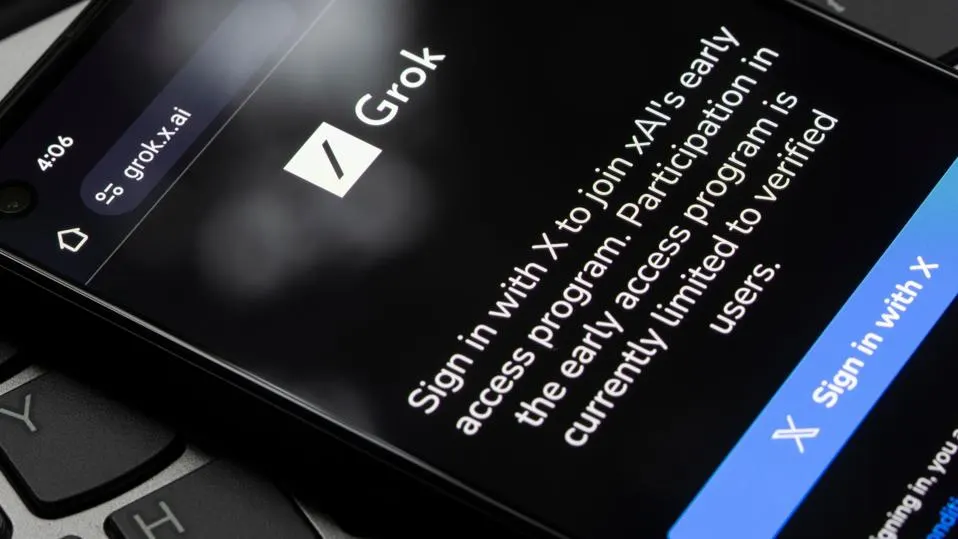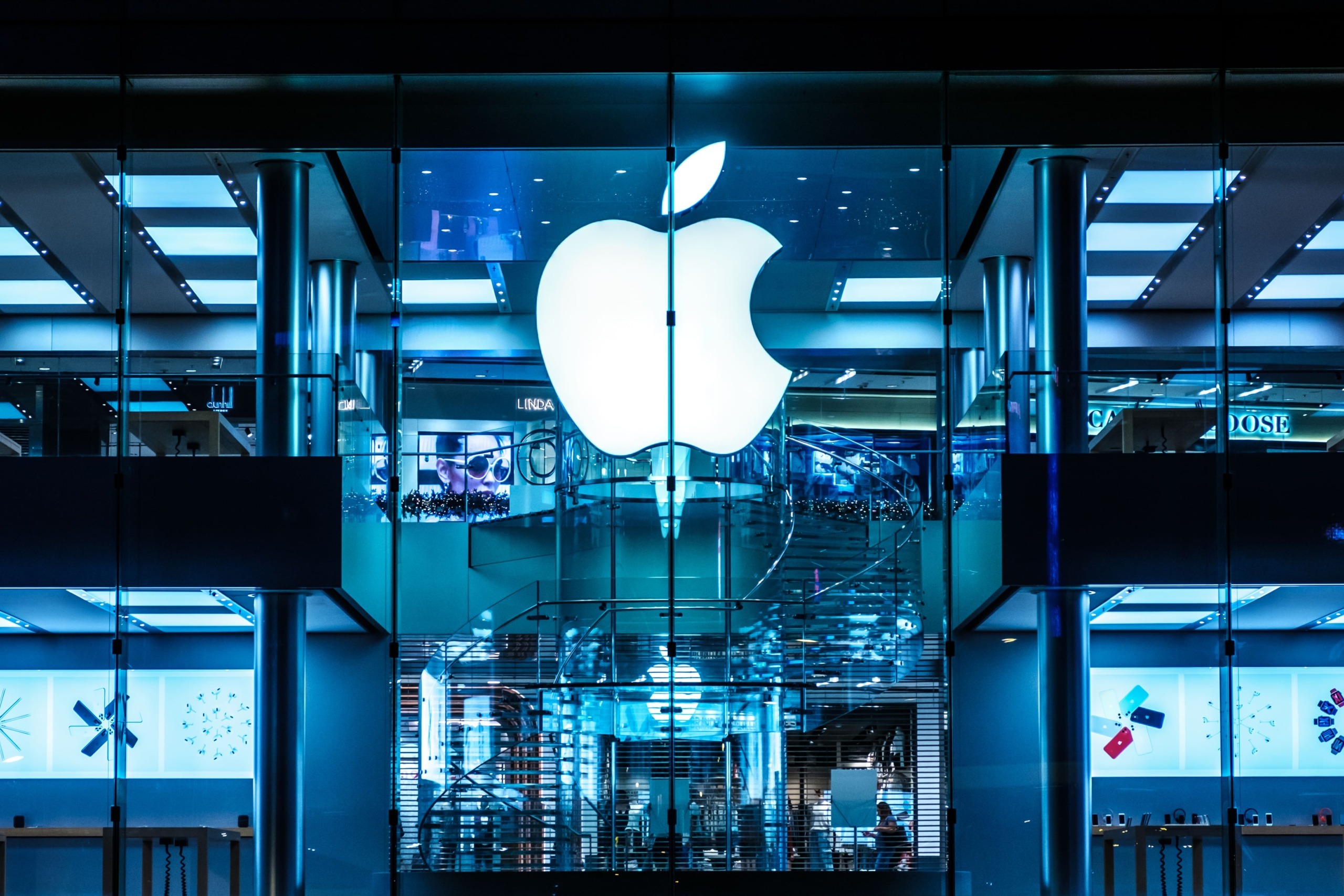Balanced Scorecard Part 2: What Is It?
2 July 2021
A look at the concept, theory and use of the balanced scorecard and the ‘dashboard’.
The balanced scorecard has grown in popularity over the last fifteen years and is now used by thousands of organisations around the world. Millions of people are familiar with its concepts and terms – especially its ‘traffic lights’ and ‘dashboard’ analogies. But for the unfamiliar, here is a brief summary of what the balanced scorecard involves.
Kaplan and Norton, the founders of the balanced scorecard, used the analogy of the dashboard of an aircraft’s cockpit to compare the concept of a balanced scorecard to traditional ways of measuring an organisation’s performance.
The balanced scorecard and the aircraft cockpit
Viewing a business’s performance from only a financial perspective, they said, was like an aircraft cockpit dashboard only having one instrument. An aircraft pilot actually uses a lot of instruments, which measure the plane’s altitude, direction, air speed, engine temperature, fuel levels, and so on, to judge the aircraft’s overall performance. In essence, they use a balanced scorecard, and because of this they are able to get the craft to where they want to go.
In the same way, Kaplan and Norton said, organisations should use a balanced scorecard – measuring lots of things across four different perspectives, which they called customer, internal business processes, learning and growth and financial (in recognition that financial reporting still played a role in presenting a balanced view of an organisation’s performance).
Performance measures in a balanced scorecard
Within these four areas, the organisation would then record a set of performance measures that related to that perspective. They would set targets for each of those measures, and should be able to explain why each measure was important to their balanced scorecard.
Following the balanced scorecard method will reveal much about an organisation that isn’t obvious from a purely financial report. A company might discover that they are better at customer satisfaction than they previously thought – but that they are spending too much on paper clips.
The dashboard: visible representation of the balanced scorecard
The ‘dashboard’ analogy continues with the visual representation of the information collated by the balanced scorecard. Using a ‘traffic light’ colouring system to show measures where an organisation is failing against a performance measure (which would therefore be coloured red), almost or just passing a target (coloured amber, yellow or orange) or achieving its goal (coloured green) gives an at-a-glance snapshot of its overall performance.
Balanced scorecards can be used to report performance at all levels of an organisation, from high-level overviews down to an individual’s performance, and by all kinds of organisations. Following similar methods to Kaplan and Norton’s original suggestions, they are delivering many benefits.
Related Articles
20 Generative AI Tools For Creating Synthetic Data
The AI revolution that we’re currently living through is a direct result of the explosion in the amount of data that’s available to be mined and analyzed for insights.[...]
How To Tell Reality From Fiction Amid The AI-Driven Truth Crisis
The artificial intelligence narrative swings between utopian dreams and dystopian nightmares, often overshadowing the nuanced reality of its current capabilities and limitations.[...]
7 Ways To Turn The ‘Bring Your Own AI’ Threat Into An Opportunity
As AI tools become increasingly accessible, companies face a new trend: BYOAI, or bring your own AI.[...]
AI Gone Wild: How Grok-2 Is Pushing The Boundaries Of Ethics And Innovation
As AI continues to evolve at breakneck speed, Elon Musk's latest creation, Grok-2, is making waves in the tech world.[...]
Apple’s New AI Revolution: Why ‘Apple Intelligence’ Could Change Everything
Apple's announcement of 'Apple Intelligence' marks a seismic shift in how we interact with our devices.[...]
Why AI Models Are Collapsing And What It Means For The Future Of Technology
Artificial intelligence has revolutionized everything from customer service to content creation, giving us tools like ChatGPT and Google Gemini, which can generate human-like text or images with remarkable accuracy.[...]
Sign up to Stay in Touch!
Bernard Marr is a world-renowned futurist, influencer and thought leader in the fields of business and technology, with a passion for using technology for the good of humanity.
He is a best-selling author of over 20 books, writes a regular column for Forbes and advises and coaches many of the world’s best-known organisations.
He has a combined following of 4 million people across his social media channels and newsletters and was ranked by LinkedIn as one of the top 5 business influencers in the world.
Bernard’s latest book is ‘Generative AI in Practice’.










Social Media